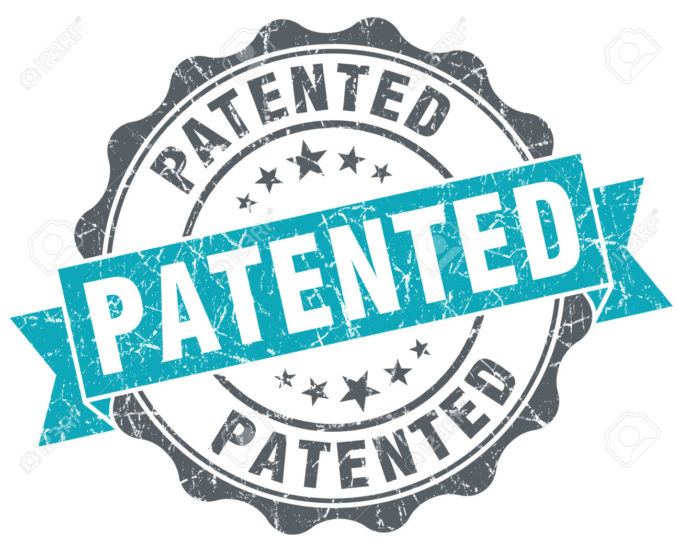
Aqua Products Inc. v. Matal: Federal Circuit Rules on the Burden of Proof in Inter Partes Review
By Louis Yang – Edited by Secil Bilgic
Aqua Products, Inc. v. Matal, 872 F.3d 1290 (Fed. Cir. 2017).
Last month, the Federal Circuit vacated the Patent Trial and Appeals Board (“PTAB”) decision that had denied a motion to amend during inter partes review (“IPR”).
The case arose when Zodiac Pool Systems, Inc. petitioned for IPR regarding Aqua Products’s patent for an automated swimming pool cleaner. Aqua moved to amend their claims but the PTAB rejected the motion on the grounds that Aqua did not prove their substitute claims were patentable. Aqua then appealed the decision to the Federal Circuit.
In a divided 7–4 en banc decision with five total opinions, the Federal Circuit held that the burden of proof was on the petitioners to prove the amended claim was unpatentable. The main issue that divided the Federal Circuit was the interpretation of the America Invents Act, 35 U.S.C. § 316. There was no majority opinion. Judge O’Malley wrote the plurality opinion joined by four others. She said that Section 316(e) unambiguously places the burden of proof on petitioners for both original and amended claims. Therefore, she concluded that there was no need to consider the agency’s interpretation as laid out in Chevron, U.S.A., Inc. v. Natural Resources Defense Counsel, Inc., 467 U.S. 837 (1984) hosted by justia.com. Under Chevron, when the words of a statute are ambiguous, courts should defer to an agency’s interpretation of a statute, provided that the interpretation is permissible. Interestingly, however, O’Malley also noted that a 6–5 majority of the Court does find Section 316(e) ambiguous. Therefore, the Court’s interpretation regarding the burden of proof is applicable only “in the absence of any required deference” by the United States Patent and Trademark Office (“USPTO”).
There were two concurrences. Judge Moore concurred in addition to joining the plurality opinion. She agreed that Section 316(e) is unambiguous, but added that regardless of ambiguity, the PTO’s interpretation was not entitled deference under Chevron. Judge Reyna, on the other hand, argued that Section 316(e) was in fact ambiguous, but, like Judge Moore, concluded that there was no Chevron deference in this case. With an ambiguous statute and no applicable agency rule, he concluded that the petitioner bears the burden of proof by default, and thus vacatur was warranted. Judge Dyk joined Judge Reyna’s concurrence.
The four remaining judges joined Judge Taranto’s dissent. Judge Taranto maintained that Chevron deference was applicable, thereby concluding that the patent owner has the burden of proof. The second dissent by Judge Hughes agreed with Judge Taranto, but further claimed that the PTO was owed deference under Auer v. Robbins, 519 U.S. 452 (1997) hosted by justia.com.
A summary of the case can be found at Patents4Life. Various reactions from the industry are compiled at IPWatchdog. Scott McKeown at Patents Post-Grant argues that shifting the burden of proof ultimately has little practical effect; amendments in IPR are rare for other reasons not addressed by Aqua Products. Furthermore, even if there is a motion to amend, burden of proof usually plays no role if it is dismissed. Chad Nydegger at Workman Nydegger offers another summary. He concludes Aqua Products “offers a spark of hope to patent owners in IPR proceedings,” though whether that spark will develop into anything bigger is not yet clear.
Louis Yang is a 1L student at Harvard Law School.